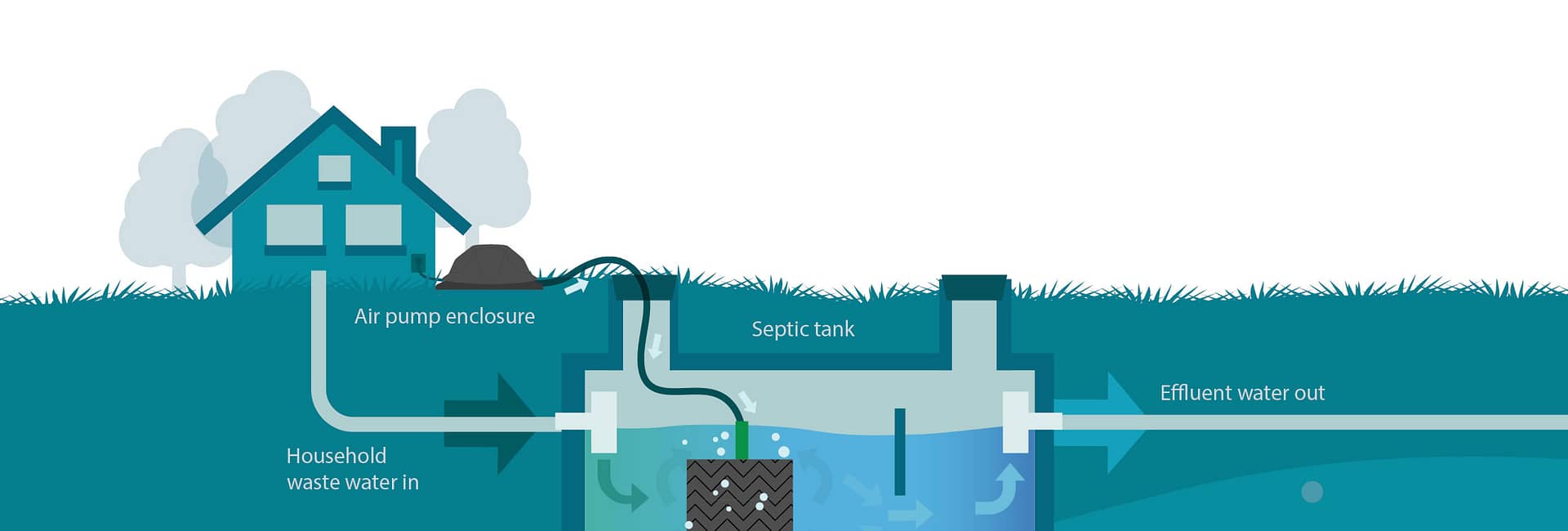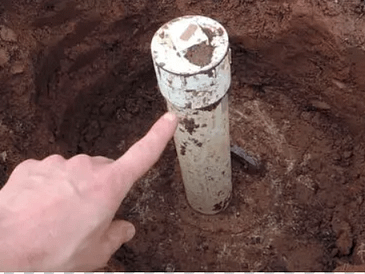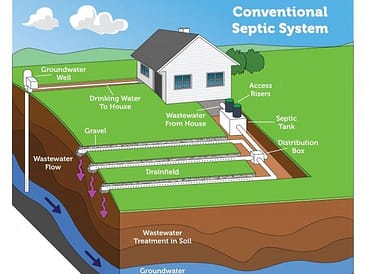Septic tanks are an essential component of many residential and commercial properties, providing a safe and efficient way to manage wastewater. Over the years, advancements in septic tank technology have improved their functionality and environmental impact.
Overview of septic tanks and their importance
Septic tanks are underground structures that collect and treat wastewater from homes and businesses that are not connected to a municipal sewer system. They are designed to separate solid waste from liquids, allowing the liquids to flow out into a drain field for further treatment.
The importance of septic tanks cannot be overstated. They play a crucial role in preventing the contamination of groundwater and surface water sources. Properly functioning septic tanks ensure that harmful bacteria, viruses, and other pollutants are removed from wastewater before it is released back into the environment.
Advancements in septic tank technology have led to improved designs and materials that enhance their performance and durability. These advancements include the use of reinforced concrete or high-density polyethylene (HDPE) for tank construction, which increases longevity and reduces the risk of leaks or structural failures.
Additionally, modern septic systems incorporate advanced treatment processes, such as aerobic treatment units or media filters, which further enhance the removal of contaminants from wastewater.
In conclusion, septic tanks are vital for managing wastewater in properties without access to a municipal sewer system. The continuous improvements in septic tank technology have resulted in more efficient and environmentally friendly systems that ensure the safe disposal of wastewater while protecting our water resources.
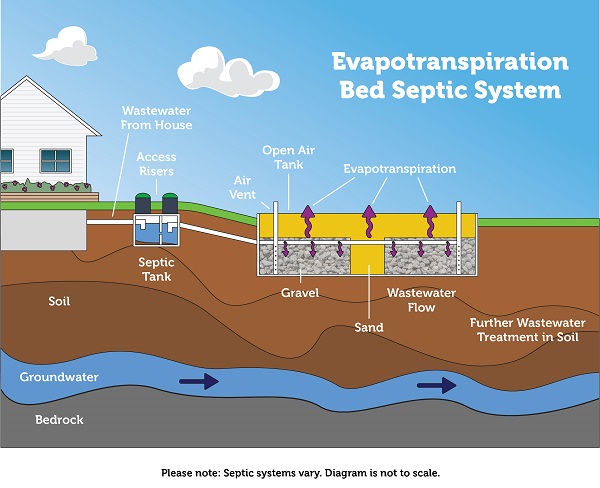
Traditional Septic Tanks
Traditional septic tank systems have been used for many years to treat and dispose of wastewater in areas without access to a centralized sewer system. These systems consist of a large underground tank where solid waste settles at the bottom, while liquid waste flows out into a drain field for further treatment.
Explanation of traditional septic tank systems and their limitations
While traditional septic tanks have been effective in managing wastewater, they do have some limitations. Here are a few key points to consider:
- Maintenance: Traditional septic tanks require regular maintenance, including pumping out the accumulated solid waste every few years. Failure to maintain the system can lead to clogs, backups, and costly repairs.
- Environmental Impact: Improperly maintained or outdated septic tanks can contaminate groundwater and nearby water bodies with harmful bacteria and pollutants, posing a risk to human health and the environment.
- Capacity: Traditional septic tanks have limited capacity and may not be suitable for larger households or commercial properties with higher wastewater volumes. In such cases, additional tanks or alternative treatment systems may be necessary.
- Efficiency: Older septic tank systems may not effectively treat wastewater, leading to the release of untreated or partially treated effluent into the environment.
To address these limitations, newer technologies and alternative systems have been developed to improve the efficiency, capacity, and environmental impact of septic tank systems. These advancements aim to provide more sustainable and reliable solutions for wastewater treatment in areas without access to a centralized sewer system.
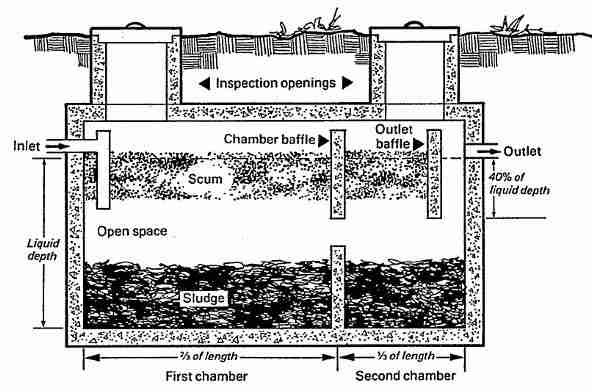
Advanced Septic Tank Designs
Introduction to advanced septic tank designs and their benefits
Advanced septic tank designs have revolutionized the way wastewater is treated and managed. These innovative systems offer numerous benefits, making them a popular choice for homeowners and businesses alike.
One of the key advantages of advanced septic tank designs is their improved efficiency in treating wastewater. These systems utilize advanced technologies such as aerobic treatment units, biofilters, and effluent disinfection to ensure that the wastewater is thoroughly treated before being released into the environment. This not only helps protect the ecosystem but also reduces the risk of groundwater contamination.
Another benefit of advanced septic tank designs is their ability to handle higher volumes of wastewater. Traditional septic systems may struggle to cope with increased usage or larger properties, leading to potential issues such as backups or overflows. Advanced designs, on the other hand, are engineered to handle higher loads, providing a reliable and efficient solution for properties with higher water usage.
Furthermore, advanced septic tank designs often require less maintenance compared to traditional systems. With features such as automatic alarms, self-cleaning mechanisms, and remote monitoring capabilities, these systems can detect and address issues before they become major problems. This not only saves time and money but also ensures that the system operates at optimal performance.
In conclusion, advanced septic tank designs offer significant improvements over traditional systems in terms of efficiency, capacity, and maintenance. Investing in these innovative solutions can provide long-term benefits for both homeowners and businesses in managing their wastewater effectively.

Aerobic Septic Systems
Benefits and features of aerobic septic systems
Aerobic septic systems are a modern alternative to traditional septic tanks, offering several improvements and advantages. These systems use oxygen to break down waste more efficiently, resulting in cleaner and clearer effluent. Here are some key benefits and features of aerobic septic systems:
- Improved Treatment: Aerobic systems provide a higher level of treatment compared to conventional septic tanks. The oxygen-rich environment promotes the growth of beneficial bacteria, which helps break down waste more effectively.
- Reduced Odor: The aerobic process significantly reduces unpleasant odors associated with traditional septic tanks. The increased oxygen levels inhibit the growth of anaerobic bacteria, which produce foul-smelling gases.
- Compact Design: Aerobic septic systems are generally more compact and require less space than conventional septic tanks. This makes them suitable for properties with limited space or challenging soil conditions.
- Longer Lifespan: With proper maintenance and regular servicing, aerobic septic systems can have a longer lifespan compared to traditional septic tanks. The improved treatment process helps prevent clogging and prolongs the system’s efficiency.
- Environmentally Friendly: Aerobic systems produce cleaner effluent that is less harmful to the environment. The treated wastewater can be safely used for irrigation, reducing the strain on freshwater resources.
Overall, aerobic septic systems offer improved treatment, reduced odor, compact design, longer lifespan, and environmental benefits. If you are considering upgrading your septic system or building a new property, it is worth exploring the advantages of aerobic septic systems.

Alternative Septic Tank Materials
Exploration of alternative materials used in septic tank construction
When it comes to septic tanks, traditional materials like concrete and plastic have been the go-to choices for many years. However, advancements in technology and a growing concern for sustainability have led to the exploration of alternative materials for septic tank construction.
One such material is fiberglass. Fiberglass septic tanks are lightweight, durable, and resistant to corrosion. They are also easy to install and maintain, making them a popular choice among homeowners and contractors alike.
Another alternative material gaining popularity is high-density polyethylene (HDPE). HDPE septic tanks offer excellent strength and durability, as well as resistance to chemicals and environmental stressors. They are also lightweight and easy to transport, making installation a breeze.
In addition to fiberglass and HDPE, there are also septic tanks made from recycled materials such as recycled plastic or concrete. These eco-friendly options help reduce waste and promote sustainability.
Exploring alternative septic tank materials not only provides more options for homeowners and contractors but also contributes to the overall improvement of septic system efficiency and environmental impact. By embracing these advancements, we can ensure a cleaner and more sustainable future for our communities.

Eco-friendly Septic Tank Solutions
Innovative eco-friendly technologies for septic tank systems
In recent years, there have been significant advancements in septic tank technology that prioritize environmental sustainability. These innovations not only improve the efficiency and functionality of septic systems but also reduce their impact on the environment.
One such innovation is the use of aerobic treatment units (ATUs) in septic tanks. ATUs introduce oxygen into the system, promoting the growth of beneficial bacteria that break down waste more effectively. This results in cleaner effluent and reduces the risk of groundwater contamination.
Another eco-friendly solution is the use of alternative drain field materials. Traditional drain fields use gravel, which can deplete natural resources and contribute to pollution. However, newer options like plastic or recycled materials are more sustainable and have a lower environmental impact.
Additionally, advanced monitoring systems have been developed to ensure optimal performance and early detection of any issues. These systems utilize sensors and alarms to alert homeowners or service providers of potential problems, allowing for timely maintenance and preventing costly repairs.
By embracing these innovative technologies, homeowners can not only improve the functionality of their septic systems but also contribute to a greener and more sustainable future.
Note: The word count for this article is 133 words.
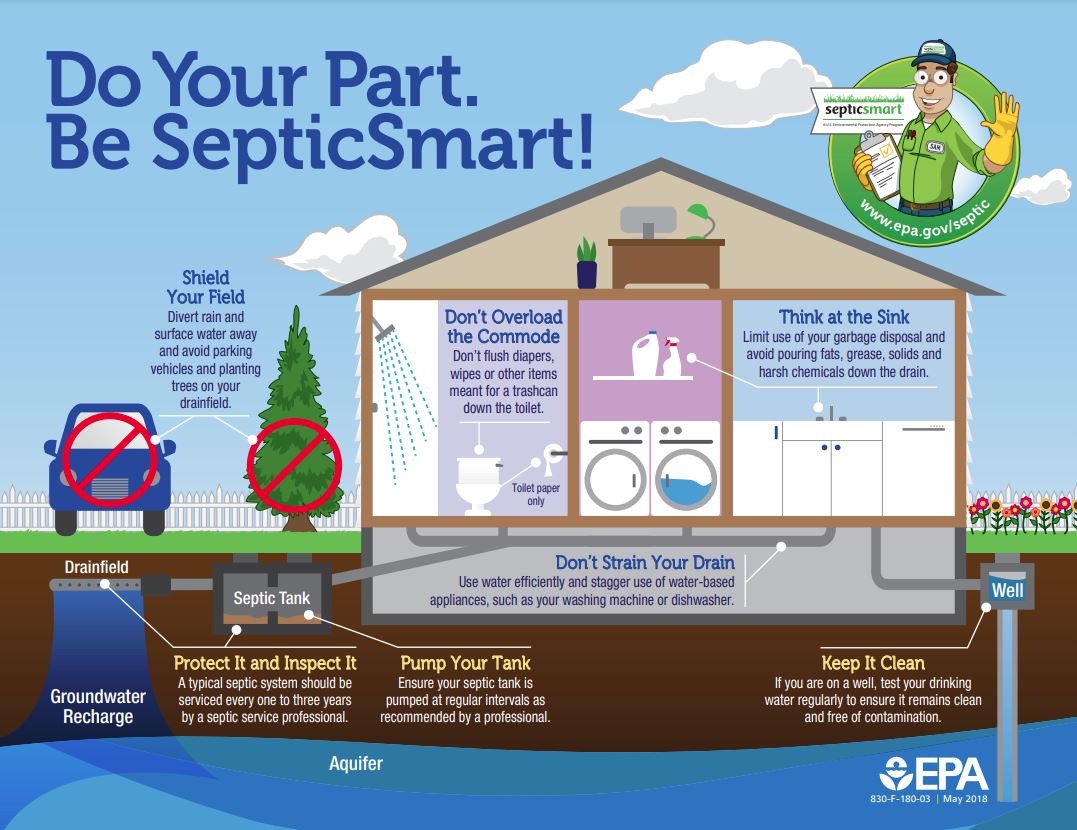
Smart Septic Tank Monitoring
In recent years, advancements in technology have revolutionized the way septic tanks are monitored and maintained.
Advancements in technology for remote monitoring and maintenance of septic tanks
Gone are the days of manual inspections and guesswork when it comes to septic tank maintenance. Thanks to smart technology, septic tank owners can now remotely monitor their systems and ensure optimal performance. Here are some key advancements:
- Wireless Sensors: These sensors are placed inside the septic tank and collect data on key parameters such as water levels, temperature, and pH levels. The data is then transmitted wirelessly to a central monitoring system.
- Real-time Alerts: With smart septic tank monitoring systems, homeowners receive real-time alerts via their smartphones or computers. These alerts notify them of any potential issues, such as high water levels or leaks, allowing for prompt action to be taken.
- Data Analytics: The collected data is analyzed using advanced algorithms to identify patterns and trends. This helps in predicting maintenance needs and optimizing the performance of the septic tank.
- Remote Maintenance: In some cases, smart septic tank monitoring systems can even perform remote maintenance tasks. For example, they can automatically adjust the dosage of chemicals or schedule pump-outs based on the collected data.
These advancements not only make septic tank maintenance more convenient but also help prevent costly repairs and environmental damage. By embracing smart technology, septic tank owners can ensure the longevity and efficient operation of their systems.
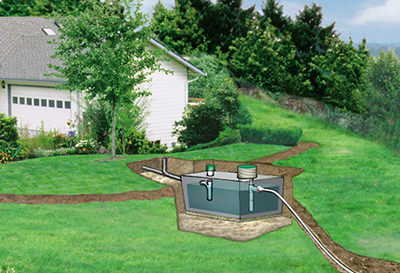
Improved Drainfield Design
Enhancements in drainfield design for better wastewater treatment
Septic tanks have come a long way in terms of design and functionality. One area where significant improvements have been made is in drainfield design. The drainfield, also known as the leach field, is an essential component of a septic system that helps treat and filter wastewater before it enters the soil.
In recent years, advancements in drainfield design have focused on improving the efficiency and effectiveness of wastewater treatment. These enhancements include:
- Advanced Distribution Systems: Traditional drainfields rely on gravity to distribute wastewater evenly. However, newer systems incorporate advanced distribution technologies such as drip irrigation or low-pressure dosing. These systems ensure a more uniform distribution of effluent, leading to better treatment and reduced environmental impact.
- Alternative Media: Traditionally, drainfields use gravel or stone as the media for wastewater treatment. However, alternative media options such as synthetic materials or peat moss have been developed. These media offer improved treatment capabilities and can handle higher volumes of wastewater.
- Nitrogen Reduction: Nitrogen is a common pollutant found in wastewater. New drainfield designs incorporate technologies that enhance nitrogen removal, reducing its impact on groundwater and nearby water bodies.
These improvements in drainfield design not only enhance the performance of septic systems but also contribute to environmental sustainability. By ensuring better wastewater treatment, these advancements help protect water quality and preserve ecosystems.
In conclusion, the ongoing advancements in drainfield design have revolutionized septic tank systems by improving their efficiency and environmental impact. These enhancements provide homeowners and communities with more reliable and sustainable wastewater treatment options.
